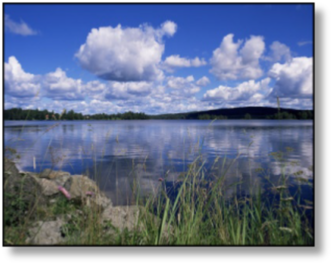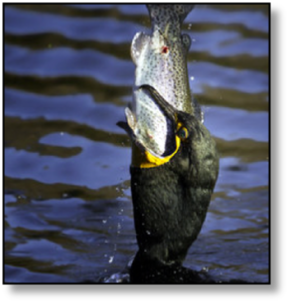EACH PAGE HERE IS AN EXTRACT FROM THE EBOOK.
To Read More
To Read More
Just $18.49
Just $18.49


Fly Fishing Encyclopedia



Fly Fishing Encyclopedia



Fly Fishing Encyclopedia



Fly Fishing Encyclopedia



Fly Fishing Encyclopedia

INTRODUCTION
We've all done it - arrived at a fishing venue, whether it’s a reservoir, lake, stew pond, river or stream and wondered just where and how we are going to catch our fish. Gazing across acres of water there initially seems to be no clue as to where the fish are hiding. I once read an instruction book that merely said "Once you have located your fish, you can then decide the best way to present your fly". I don't know about you, but that seems less than helpful to me! Surely there should be some advice as to just how you are going to locate the fish in the first place. If that's the kind of advice you seek read on - this is what you've been looking for.

… and I have seen that same cormorant trying to swallow a trout that looked a good four pounds, only to give up and leave when it couldn’t get it down its throat – by which time the trout was dead, of course. Trout don't get it all their own way. So here's the first lesson: trout spend their whole lives carefully balancing the needs of safety from their predators and the need to feed. When you begin to understand that balancing act you begin to understand where the fish are likely to be, why they are there and how to go about catching them.
There are many things to take into account that will influence this balancing act – the balancing act of where a fish will choose to be at any particular point in time. Not only will the trout have an escape route readily available, but it will also look for the greatest degree of comfort from its environment. Water temperature, water clarity, wind direction and strength, light intensity, weather conditions, perceived threats, food availability and the location of that food source - the list seems endless. You'll need to assess each element of this equation when deciding where your fish are most likely to be on any given day and at any given time. The following chapters will give you an insight into how all these pieces of the jigsaw fit together, until you reach a point when you'll be able to look at a stretch of water and almost instinctively know just where to wet your fly.
